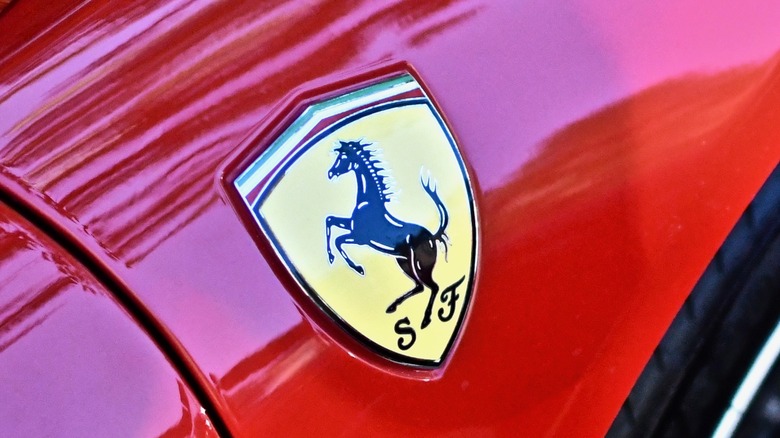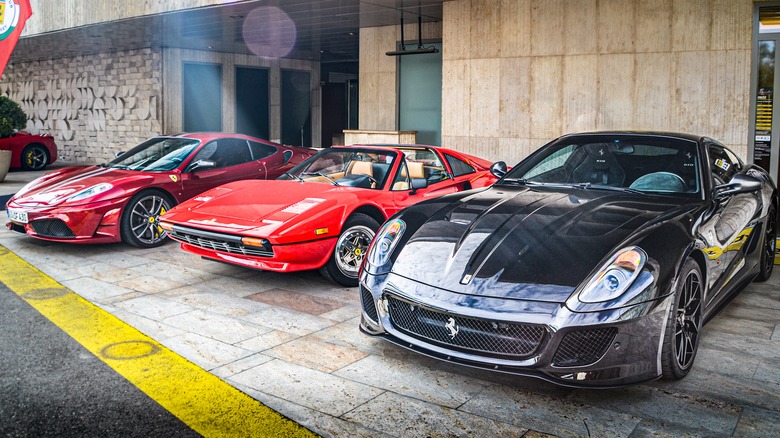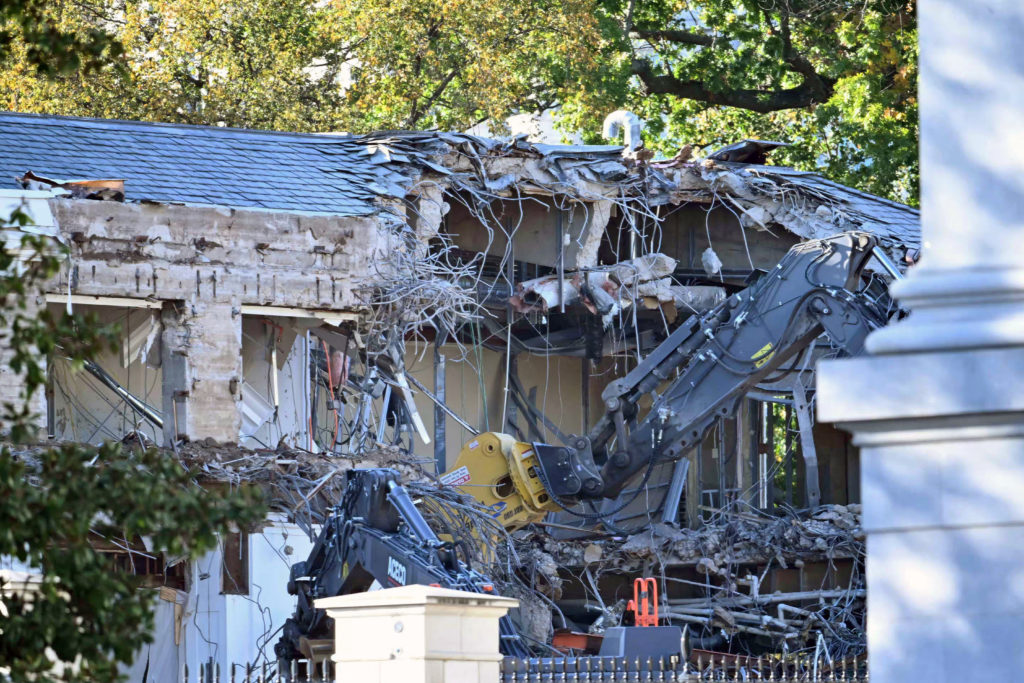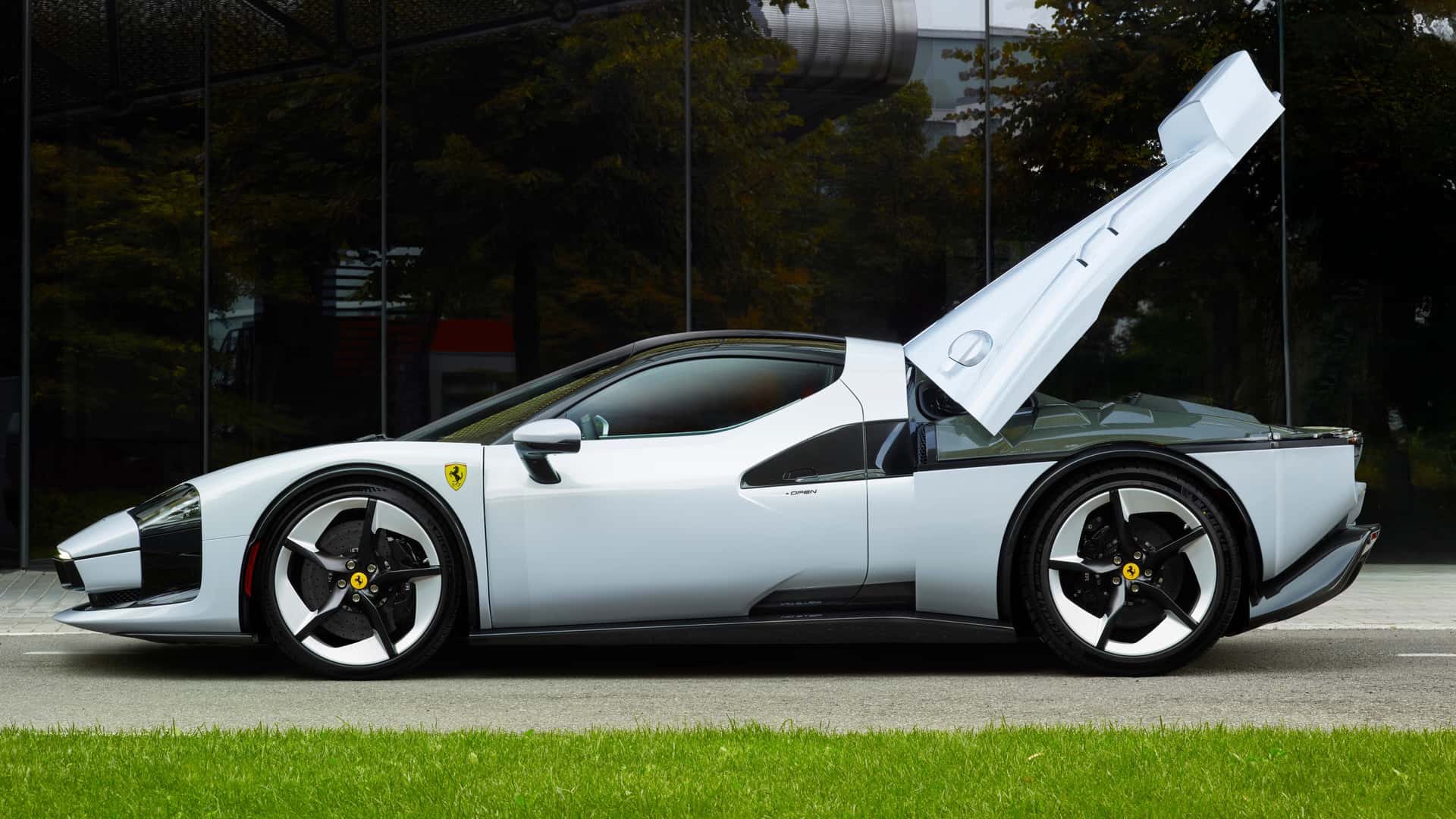The answer to the question of who owns Ferrari now is, awesomely, “You.” Fiat and Ferrari are ancient history; their shares were separated in December 2015, and the public has owned the majority stake in the legendary Italian automaker beginning in January of 2016. This means if you own any Ferrari stock, no matter how little, you’re a part owner. Unfortunately, this doesn’t automatically mean that the answer to the question “Who owns a Ferrari?” is “You,” but baby steps here.
Then comes the question of where Ferrari builds its cars. These days, saying an automaker hails from a particular country says nothing about where they’re built. Hyundai makes plenty of vehicles in Alabama, and some Porsche Cayennes are made in Slovakia while others come from Malaysia.
Ferrari, however, builds its cars exclusively in Maranello, and has since the 125 S rolled out of the factory in 1947. Buying a Ferrari is like buying a chunk of automotive history, and owners work hard to keep their expensive-to-fix Ferraris on the road. It’s a heck of a heritage, and Ferrari guards its image and reputation closely. It’s this close guarding that means, of course, having some shares in the company doesn’t let you rock up to the Ferrari headquarters in Maranello and start making demands.
Not only is the company governed by a host of executive officers, Piero Ferrari still holds more than a 10% stake, which he inherited from his father, the legendary Enzo Ferrari. Over 21% belongs to Exor N.V., a company controlled by the descendants of one of Fiat’s founders, Giovanni Agnelli. So yes, even though Fiat doesn’t own 90% of Ferrari anymore, the tendrils run deep. Unless you plan on buying up all 68.19% of the public shares, you probably won’t have much sway with Ferrari leadership.
You may own some of Ferrari, but perhaps Ferrari would prefer to own you
Ferrari is famously (allegedly) controlling. Though the company is mostly public now, the brand will apparently engage in certain tactics to make sure its cars end up in the “right” hands, such as background and credit checks that go deeper than the Mariana Trench, refusal to sell to owners with Lamborghinis, blacklisting those who dare badmouth the cars, and avoiding instrumented tests/documented lap times.
Hagerty’s Jason Cammisa complained about this last issue on his “Carmudgeon” podcast, where he explained his flabbergasted reaction to Ferrari demanding he not pit the 296 GTB against any other cars for a comparison test. Cammisa’s apparent solution was to rent a 296 for his video pitting the 2025 Corvette ZR1 against both a Ferrari and a Lamborghini.
Getting a new Ferrari, especially a limited-edition model, means becoming part of the Ferrari family (figuratively, not literally, though marrying a Ferrari descendant would probably help). Ferrari believes its cars are perfect from the factory, and major modifications can revoke your right to own future Ferraris or void your warranty. Oh, and you can’t sell your Ferrari within the first year, no matter how much you don’t want it anymore.
Perhaps it’s out of respect or fear that Ferrari didn’t complain when John Carmack — “Doom” and Quake” creator, coding genius, rocket scientist, Oculus/Meta VR tech guru, and possibly the Jupiter brain running the simulation in which we live — turboed his various Ferraris. At least the F50 he bought was off-lease, so maybe Ferrari couldn’t tell him what to do since it was secondhand. Still, to be safe, maybe don’t tell Ferrari about the F40 that’s getting a V12 swap.
Let’s address the Ford in the room
Ford never owned Ferrari, but boy, Ford sure tried. The deal was on the verge of closing in 1963 when Enzo Ferrari learned that he’d have to give up complete control over Ferrari’s racing efforts. No one was going to tell Il Commendatore what to do when it came to racing, so the deal was off.
As you can imagine, Ford was ticked. So, it developed the GT40 specifically to humiliate Ferrari. In 1966, Ford crushed the company it formerly wanted to own at Le Mans, with the GT40 finishing first, second, and third. You’ve seen “Ford v Ferrari,” you get it. In 1969, Fiat bought 50% of Ferrari, having already helped Enzo keep his company afloat with loans between 1955 and 1959. In 1988, shortly before Enzo died, Fiat purchased 90% of Ferrari’s shares, leaving him with 10%.
Honestly, even with all of the (supposed, alleged) buying restrictions, most of us would happily part with a few of our organs to own one. We all pay attention when an ultra-rare Ferrari drives by, and it’s incredible that the average person can purchase a share of the company, even if its cars are out of reach for most mere mortals. While you might be able to pick up a decent Mondial QV or 3.2 for around $50,000, there’s no MSRP listed for any of Ferrari’s models on its official website, though there is an “Inquire” button on each car’s page. You know what they say about having to ask for a price and being able to afford something. Car and Driver says the Roma is the cheapest at a house-equivalent starting price of $279,965, so maybe sell a kidney or lung. You’ve got two of each.
Source link




